Mobility
Typically people who have disabilities or injuries, or older adults who are at increased risk of falling, choose to use mobility aids. These devices provide several benefits to users, including more independence, reduced pain, and increased confidence and self-esteem. A range of mobility devices is available to meet people’s needs—from canes and crutches to wheelchairs and more. At home mobility equipment can change your life. For more on our equipment and mobility products in Arkansas, contact TruMotion medical today!

Benefits of Lift Chairs
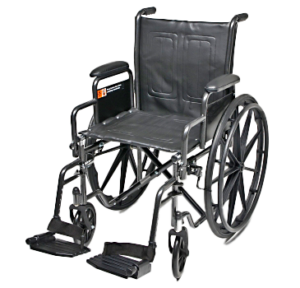 Wheelchairs are used by people who should not put weight on their lower limbs or who are unable to walk. They can be more suitable than walkers for people with severe disabilities or when travel over greater distances is required.
Wheelchairs are used by people who should not put weight on their lower limbs or who are unable to walk. They can be more suitable than walkers for people with severe disabilities or when travel over greater distances is required.
Examples of specialized types of wheelchairs include standing wheelchairs, where users are supported in an almost upright position, and sports wheelchairs, which have been developed for use during specific sports.
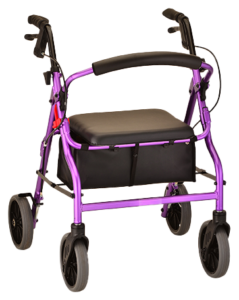 This common style of walker consists of a frame with four wheels, handlebars, and seat so the user can rest as needed. Rollators also include hand breaks as a safety feature.
This common style of walker consists of a frame with four wheels, handlebars, and seat so the user can rest as needed. Rollators also include hand breaks as a safety feature.
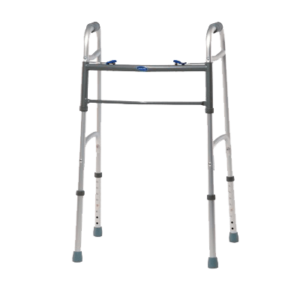 Walkers are made up of a metal framework with four legs that provide stability and support to the user. These very stable walking aids are used by 4.6 percent of adults in the U.S. over 65.
Walkers are made up of a metal framework with four legs that provide stability and support to the user. These very stable walking aids are used by 4.6 percent of adults in the U.S. over 65.
Basic walkers have a 3-sided frame that surrounds the user. Users lift the frame and place it further in front of them, they then step forward to meet it, before repeating the process.
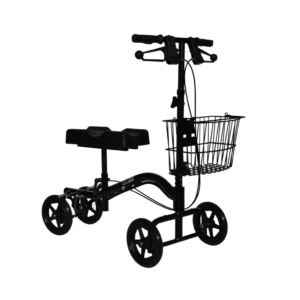 Similar to a rollator, this device allows the user to rest their knee on a padded cushion while propelling themselves forward with their stronger leg.
Similar to a rollator, this device allows the user to rest their knee on a padded cushion while propelling themselves forward with their stronger leg.
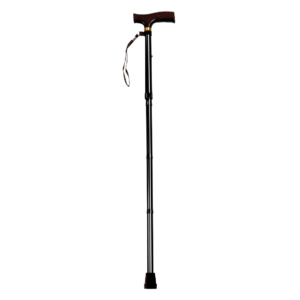 Canes are similar to crutches in that they support the body’s weight and help transmit the load from the legs to the upper body. They take less weight off the lower body than crutches and place greater pressure on the hands and wrists. Assistive canes are useful for people who have problems balancing and who are at risk of falling.
Canes are similar to crutches in that they support the body’s weight and help transmit the load from the legs to the upper body. They take less weight off the lower body than crutches and place greater pressure on the hands and wrists. Assistive canes are useful for people who have problems balancing and who are at risk of falling.
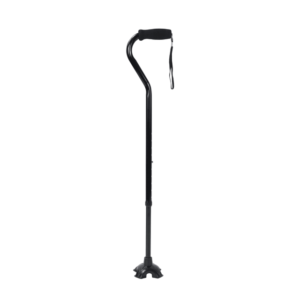 Similar to regular walking canes, quad canes offer better stability to the user. They come equipped with a four-pronged base that permits the user to walk on unstable ground with no worry of losing their balance.
Similar to regular walking canes, quad canes offer better stability to the user. They come equipped with a four-pronged base that permits the user to walk on unstable ground with no worry of losing their balance.
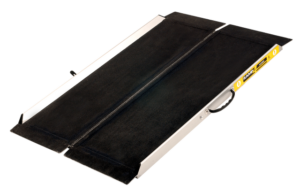 Wheelchair ramps not only make your home or business easily accessible to those who are in need of it, but it also can be easily assembled. Our team of medical experts can assemble your ramp with ease and of no discomfort to you. If you are in the market for an ADA friendly handrail for your business or facility’s wheelchair ramp, contact TruMotion for our wide range of handrail options.
Wheelchair ramps not only make your home or business easily accessible to those who are in need of it, but it also can be easily assembled. Our team of medical experts can assemble your ramp with ease and of no discomfort to you. If you are in the market for an ADA friendly handrail for your business or facility’s wheelchair ramp, contact TruMotion for our wide range of handrail options.
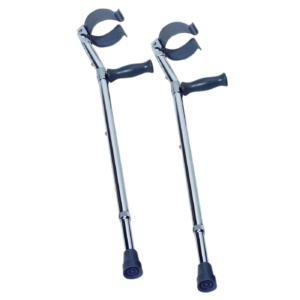 Crutches help to transfer weight from the legs to the upper body. They can be used singly or in pairs. Crutches help keep a person upright and may be used by those with short-term injuries or permanent disabilities. There are many different types of crutches, including:
Crutches help to transfer weight from the legs to the upper body. They can be used singly or in pairs. Crutches help keep a person upright and may be used by those with short-term injuries or permanent disabilities. There are many different types of crutches, including:
Axillary (underarm) crutches. One part of an axillary crutch is placed against the ribcage under the armpits, while users hold onto the hand grip. These crutches are typically used by those with short-term injuries.
Lofstrand (forearm) crutches. This type of crutch involves placing the arm into a metal or plastic cuff and holding a hand grip. Forearm crutches are more commonly used by people with long-term disabilities.
Platform crutches. With platform crutches, the hand holds a grip while the forearm rests on a horizontal platform. Platform crutches are not commonly used, except by people with a weak hand grip due to conditions such as arthritis or cerebral palsy.
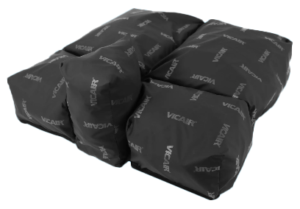 Mobility equipment accessories play a huge factor in the comfort of your daily mobility equipment. At TruMotion Medical, we offer mobility accessories such as Drive wheelchair cushions, accessory trays, cane tips, baskets, straps, and more!
Mobility equipment accessories play a huge factor in the comfort of your daily mobility equipment. At TruMotion Medical, we offer mobility accessories such as Drive wheelchair cushions, accessory trays, cane tips, baskets, straps, and more!
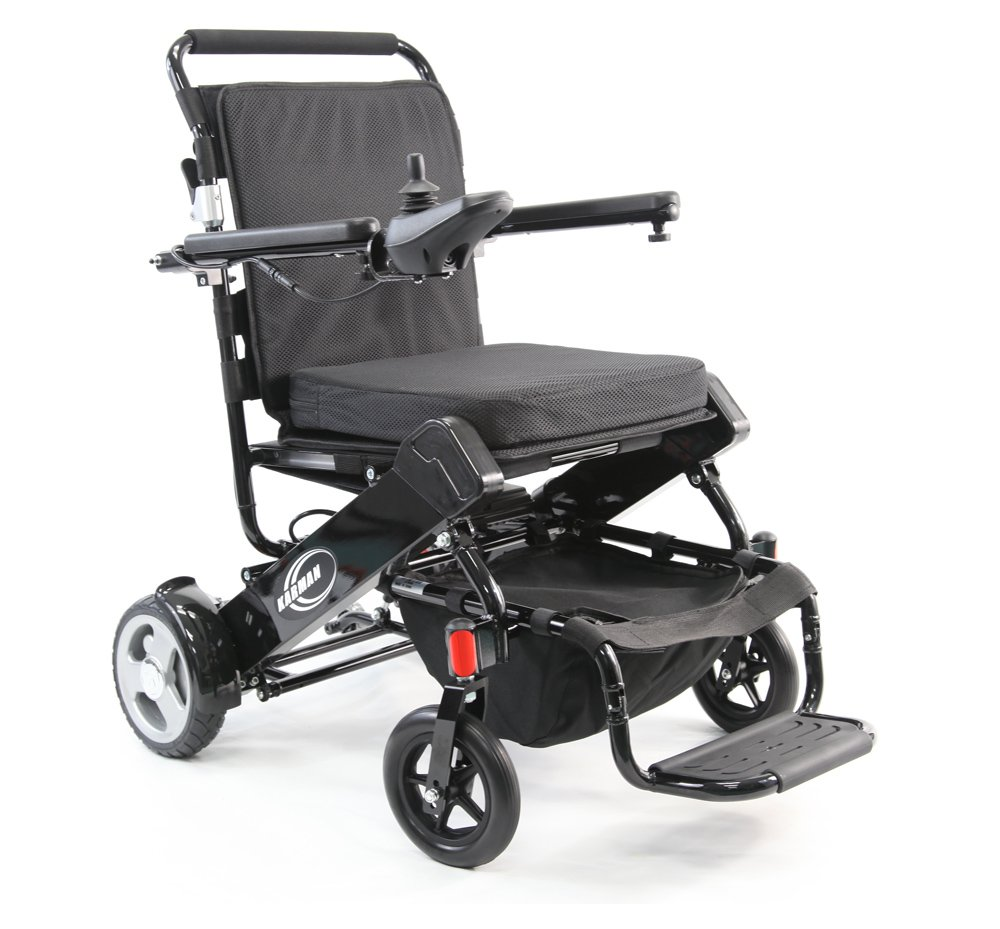
Contact TruMotion
Didn’t find the mobility information you need? Contact TruMotion today.
